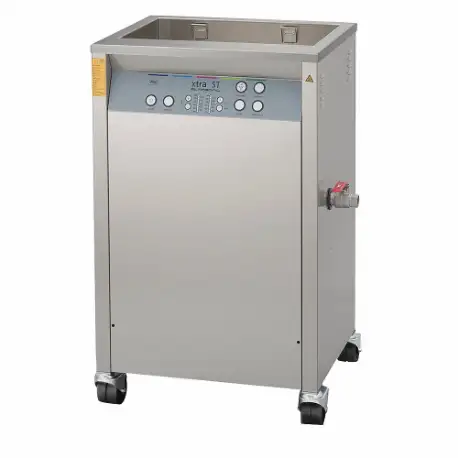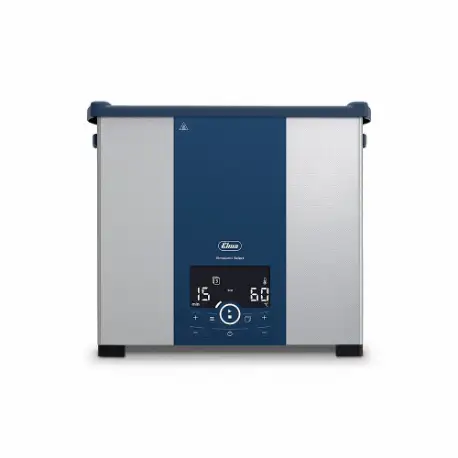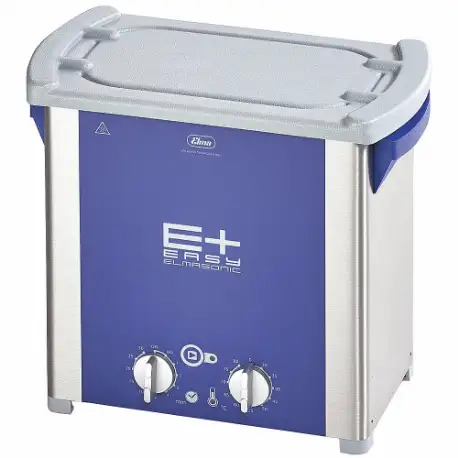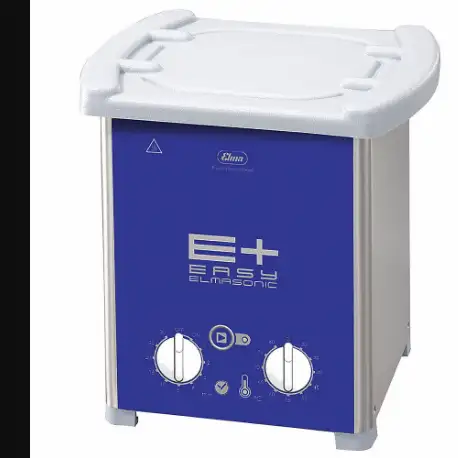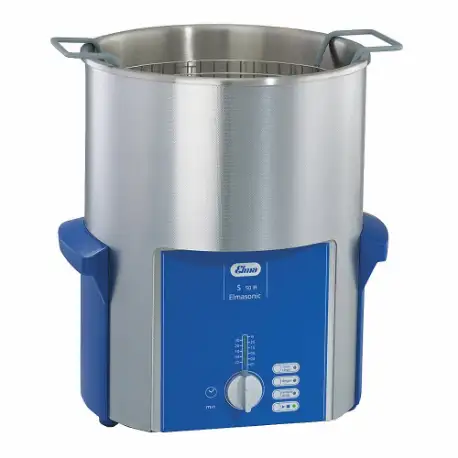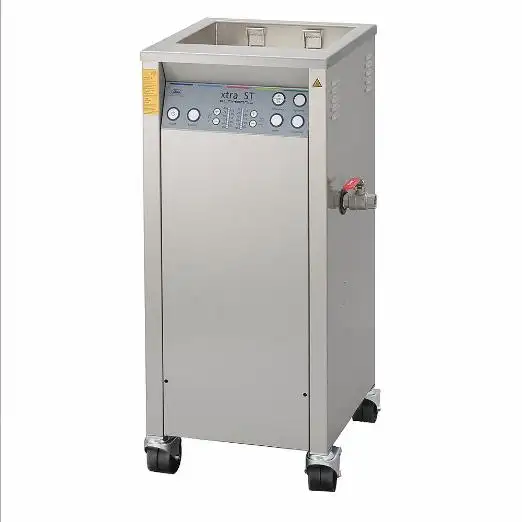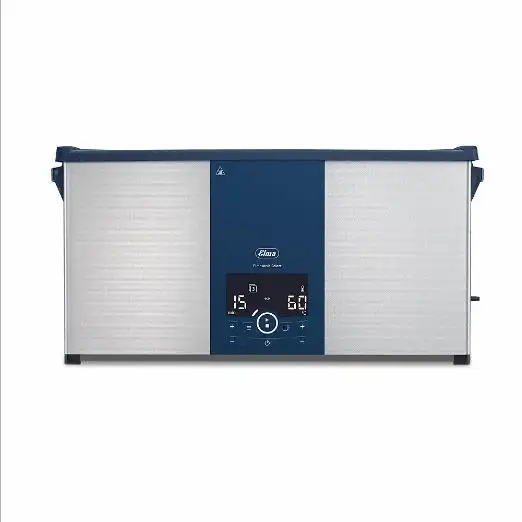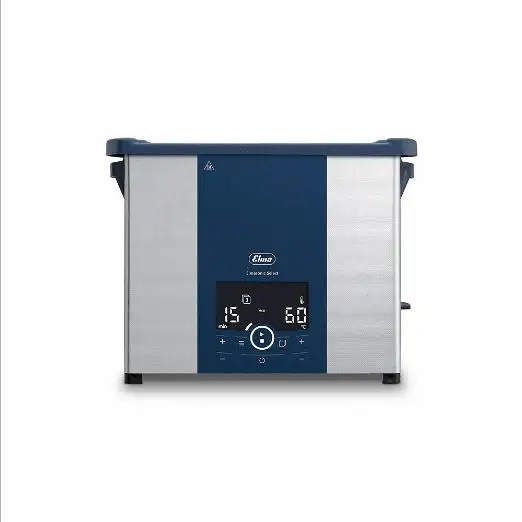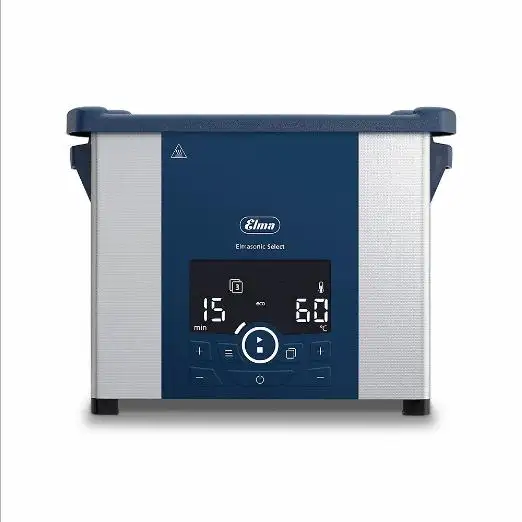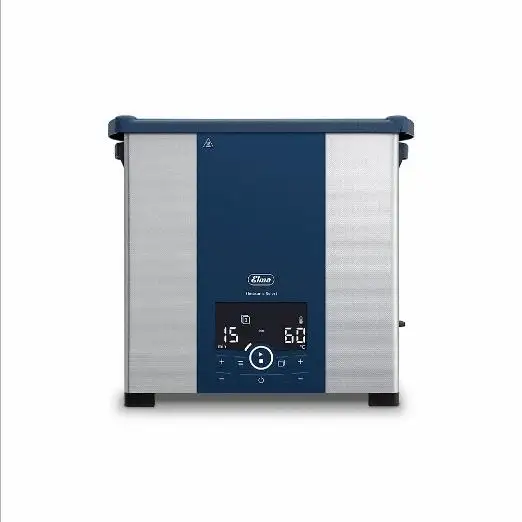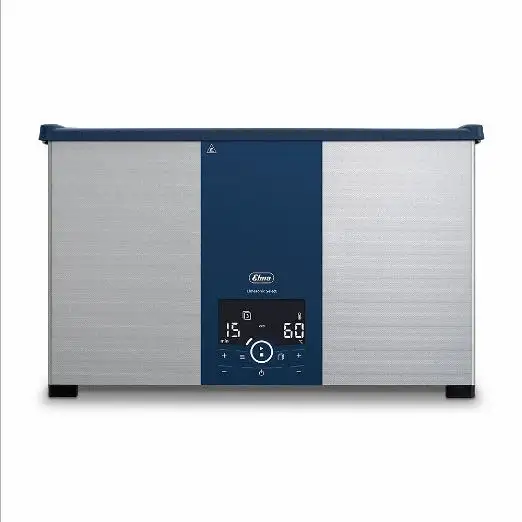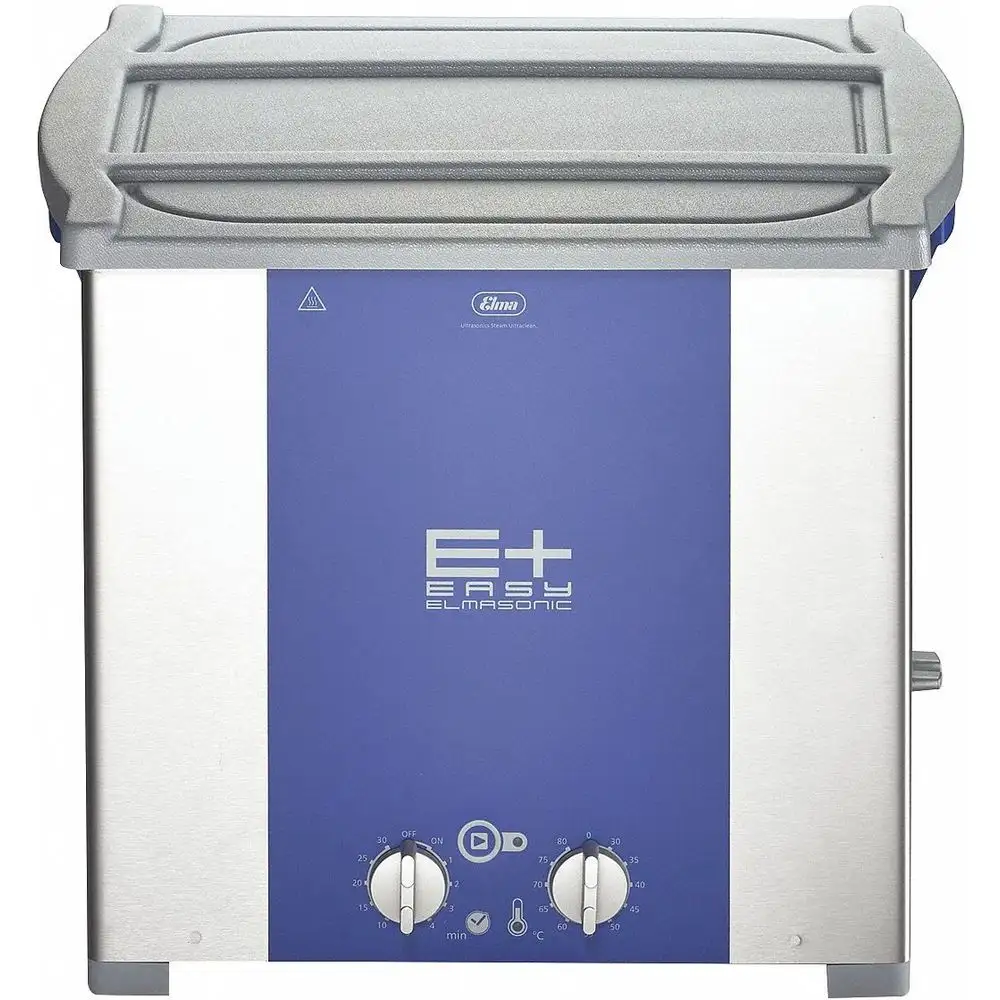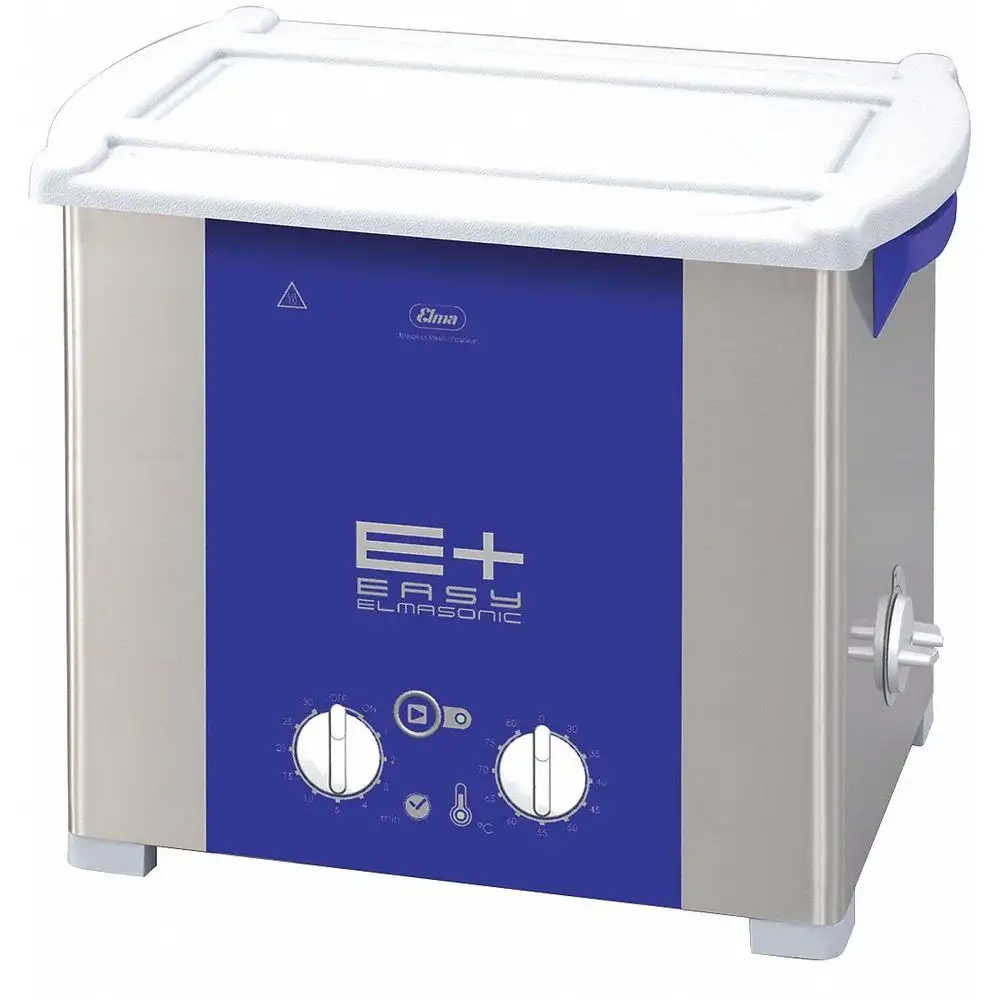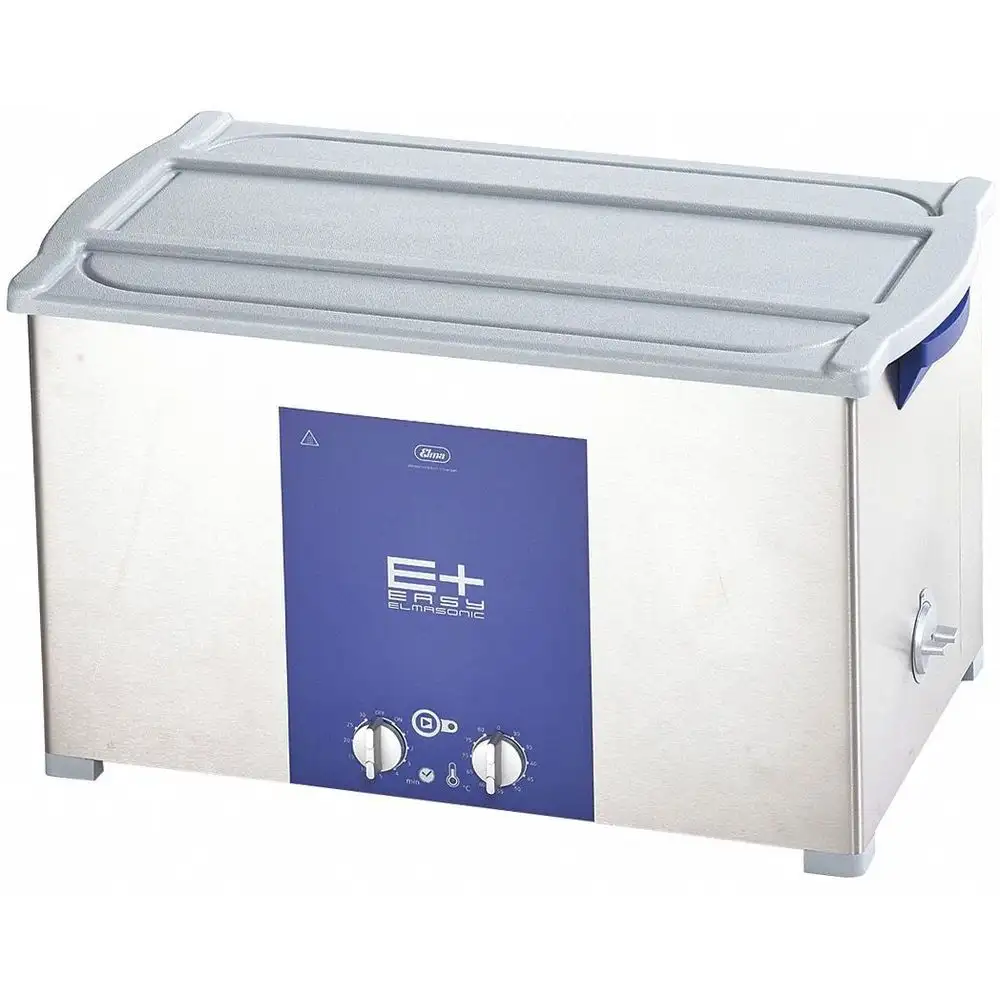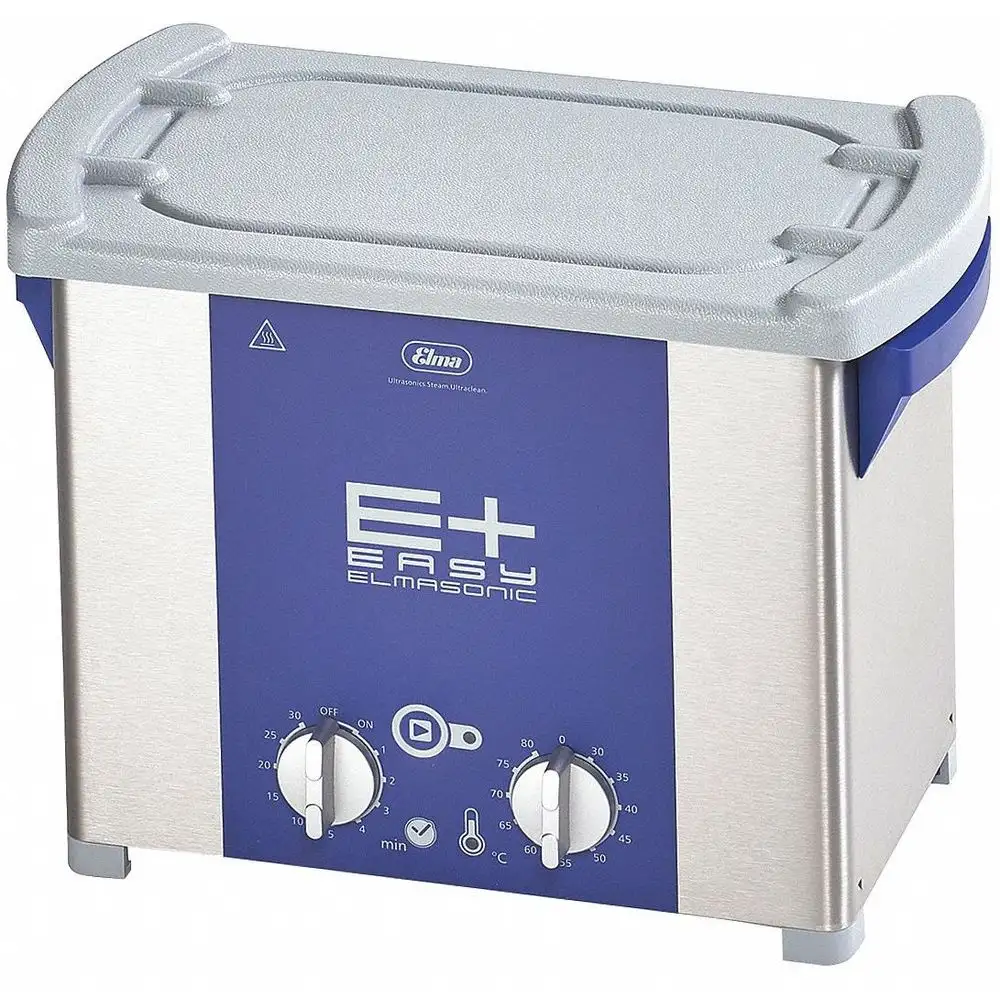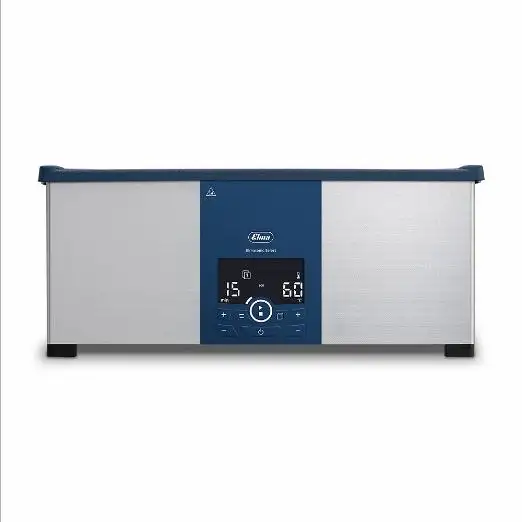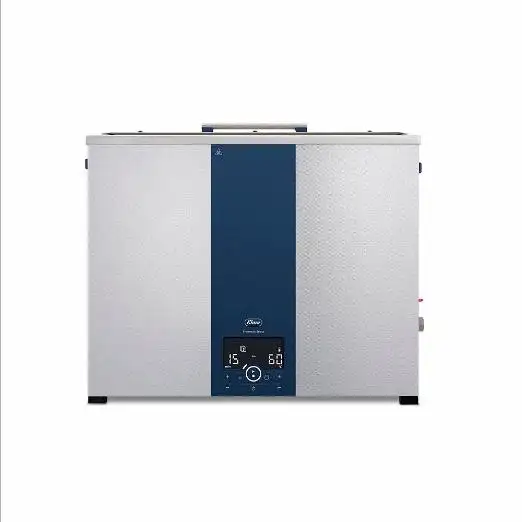Frequently Asked Questions
How do I prepare the item for cleaning with an ultrasonic cleaner?
Before placing the item in the ultrasonic cleaner, remove any large debris or contaminants manually. Additionally, disassemble the parts if possible for a thorough cleaning. Keep the item fully submerged in the cleaning solution during the cleaning process.
What are direct and indirect cleaning methods?
- Direct cleaning is when parts are immersed in a cleaning solution within the ultrasonic cleaner (in a perforated tray or mesh basket). In direct cleaning, select a solution that would not harm the cleaner.
- Indirect cleaning involves placing the parts in a separate non-perforated tray or beaker inside the ultrasonic tank (often with a solution that does not directly fill the tank). If opting for indirect cleaning, ensure that the water level in the tank itself stays at the designated fill line (approximately 1 inch from the top) consistently.
Can I reuse the cleaning solution in Elma ultrasonic cleaners?
Yes, you can reuse the cleaning solution in Elma ultrasonic cleaners for multiple cleaning cycles. Also, monitor the solution for signs of degradation, such as cloudiness or reduced effectiveness. Replace the solution as needed.
Why are trays or beakers necessary in an ultrasonic cleaner?
It's essential to never place items directly on the bottom of the tank during cleaning. The transducers responsible for producing ultrasound are bonded to the tank bottom. Placing items directly on this surface can damage the transducers and diminish cavitation effects. Furthermore, using a tray or beaker assures that the item is positioned within the best cleaning zone of the tank. Additionally, the tray or beaker helps keep the load together and facilitates easy, hands-free removal, draining and transportation of items to the next cleaning step.
How can I check if Elma ultrasonic cleaners are generating cavitation?
Normally, inadequate cleaning results from improper management of various process variables, such as using the wrong detergent, insufficient heat or time for soil removal. If you suspect that your ultrasonic cleaner isn't generating cavitation effectively, you can conduct either the glass slide test or the foil test.
How do I conduct the glass slide test?
- Begin by wetting the frosted section of a glass slide with tap water, then draw an X with a No. 2 pencil from one corner to the opposite corner of the frosted area.
- Fill the tank to the designated level, then immerse the frosted end of the slide into a fresh cleaning solution.
- Turn on the ultrasonics.
- You should observe the lead X being gradually removed, with all lead gone within ten seconds.
How do I conduct the foil test?
- Start by cutting three small pieces of aluminium foil (about 4 x 8 inches).
- Fold each piece over a rod. You can use a clothes hanger to suspend the foil in the tank.
- Fill the cleaner with the ultrasonic cleaning solution (degassed and at the normal operating temperature).
- Suspend the first piece of foil in the centre of the tank and the other two pieces a few inches from each end.
- Confirm that the tank is filled to the proper level, then activate the ultrasonics for about ten minutes.
- Then, inspect the foil. All three pieces should show similar levels of perforation and wrinkling.
 £ GBPChange Country
£ GBPChange Country